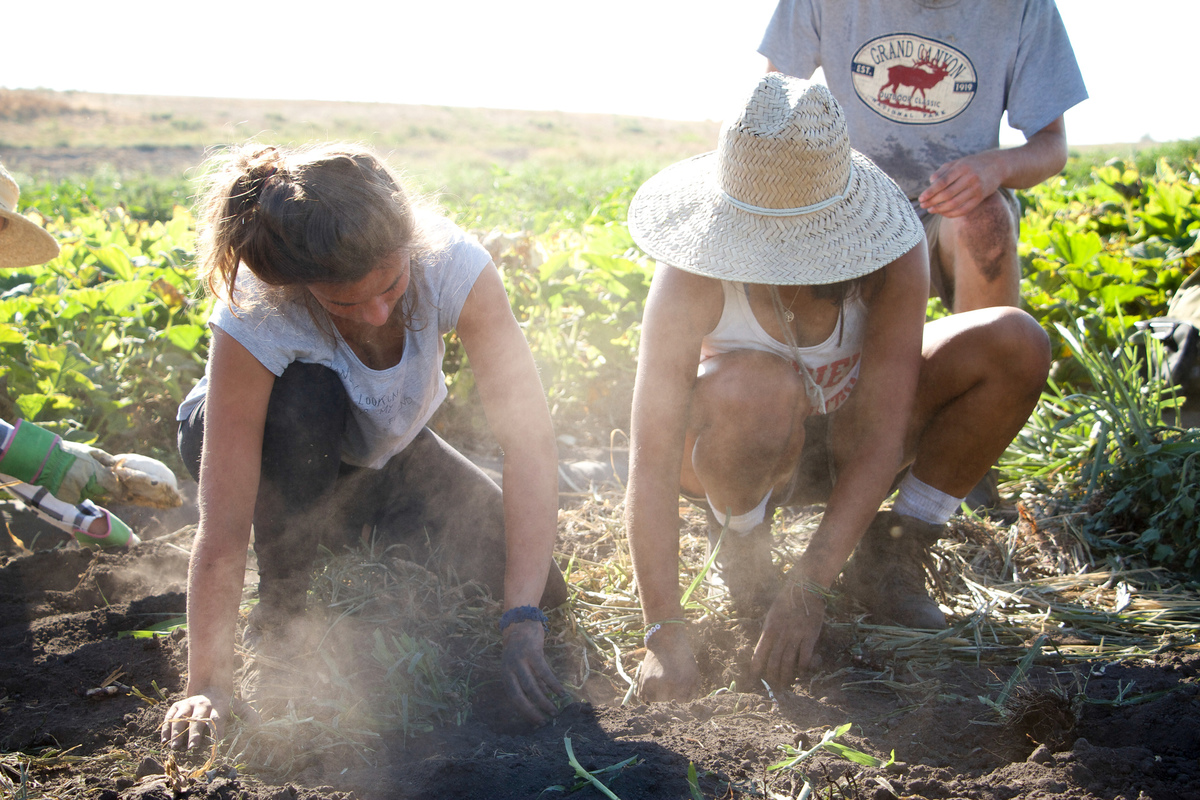

How We Farm
Growing Organically
We’ve all heard the term “organic”—organic farming, organic food, eating organic. We vaguely associate it with health and sustainability, but it’s been used so often in marketing that it’s lost much of its meaning.
In the original, narrower sense, “organic agriculture” meant raising crops and animals without synthetically manufactured pesticides, fertilizers, growth hormones, antibiotics, and nonorganic feed. Beyond Organic we practice Regenerative ag that means taking a socially and environmentally conscious approach of caring for the entire ecosystem in ways that promote biodiversity, conservation, and ecological harmony (we know—we just used a lot of big words there).
In plain English, that means that instead of fighting pests with poisonous insecticides, we grow our plants in ways that make them stronger and naturally more resistant. It means raising bees not just to help pollinate our crops but to raise the ecological health of the entire area even beyond our farm. It means paying careful attention to how we enhance our soils, which teem with wonderful microorganisms that nourish our plants—and ultimately you.
We also plant native species to promote native pollinators and wind breaks for natural habitat. It also means installing plantings of milkweed and nectar stations for monarch butterflies. Why? Because they’re pretty—and what’s good for them also happens to be good for the health of our farm—and where you live, too!
